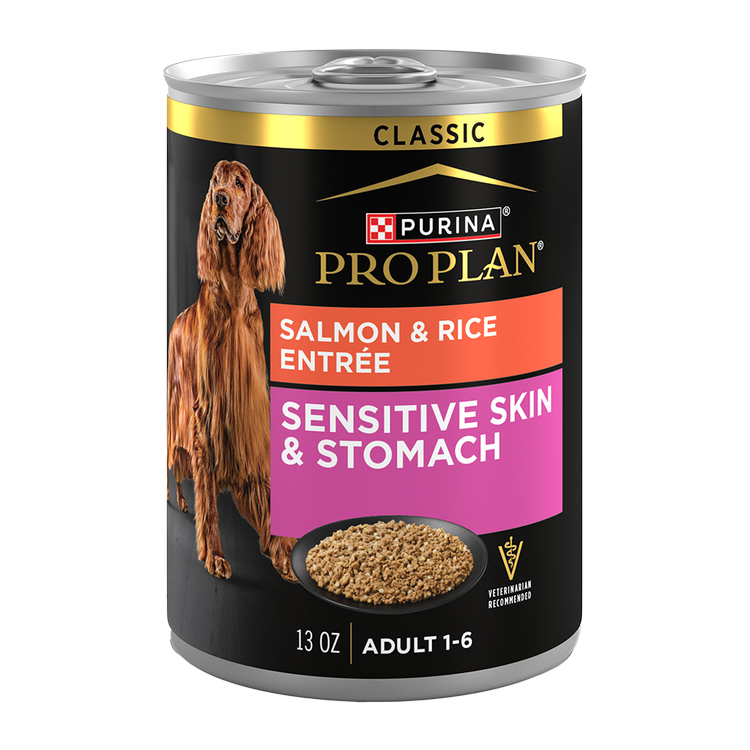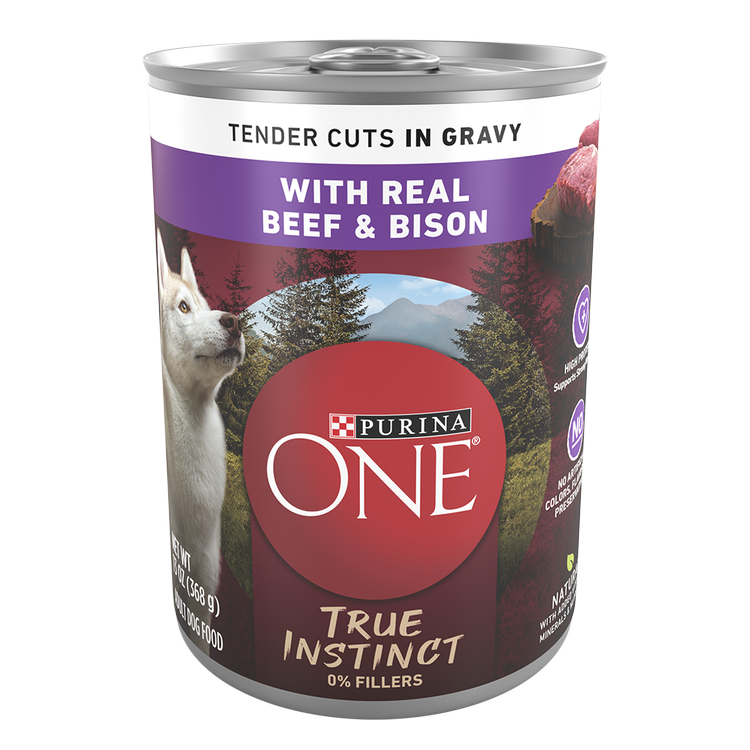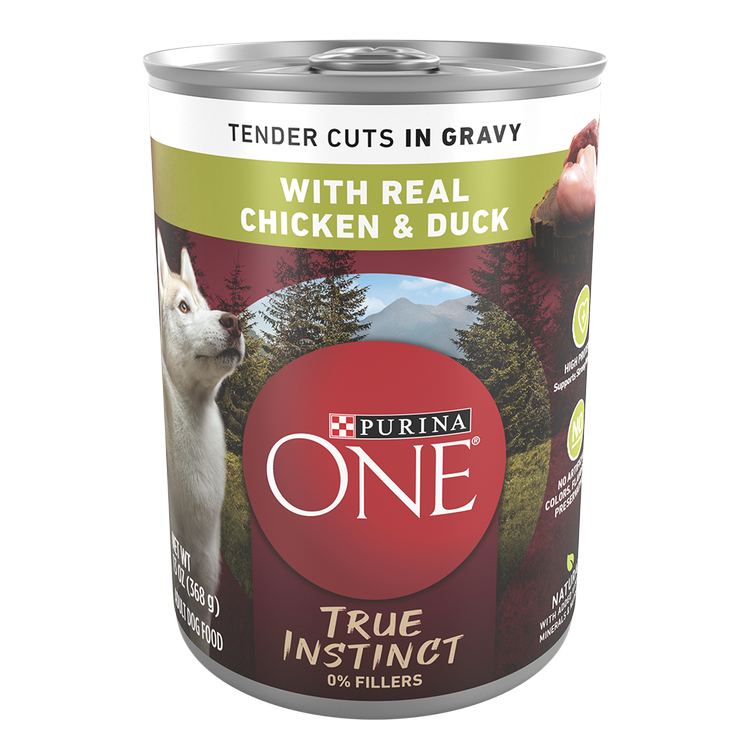Brussels Griffon

- Size:Toy
- Height:7 to 8 inches at the withers
- Weight:Males - 8 to 12 pounds, Females - 6 to 10 pounds
- Coat:Short
- Color:Red, belge, black or black-and-tan
- Energy:Medium
- Activities:Conformation, Obedience
A sturdy Belgian breed, the Brussels Griffon is known for his almost human expression.
Temperament
Brussels Griffons are lively, intelligent and sensitive, and do not like to spend long hours alone. They are excellent watchdogs, with personality and devotion that makes them a charming companion for adults.
Active indoors, the Brussels Griffon can live comfortably in an apartment but still needs daily walks.
Characteristics
Members of the Toy group, Brussels Griffons are distinguished by their almost human faces. With their large eyes, short muzzles, and scruffy beards and mustaches, they look like comically serious little men.
Lifespan
12 to 15 years
Colors
The Brussels Griffon’s coat can be beige, black, black and tan, or red.
Shedding
Brussels Griffons can be either rough or smooth coated.
Smooth-coated Griffons shed seasonally, usually for a week or two in spring and fall, and should be brushed daily during these times. This, plus an occasional bath will keep smooth-coated Griffs well groomed.
Rough-coated Griffons do not shed. Their coat, with the exception of their trademark beards, are usually clipped short by their owner or a groomer.
Health
Brussels Griffons are generally healthy dogs, thanks in part to responsible breeders who screen for issues such as heart problems, cataracts, patella luxation and hip dysplasia. Because of their flat faces, Griffons usually snore and can be prone to breathing problems in hot or humid weather.
Best Dog Food for Brussels Griffon Dogs & Puppies
As a toy breed, Brussels Griffons may find the specialized nutrition and smaller kibble of a toy breed or small breed dog food beneficial. For Griffons who need help with weight management, consider a healthy weight formula.
Brussels Griffon puppies should eat a toy breed or small breed puppy food for their first year of life to aid in their growth and development.
History
The Brussels Griffon breed as we know it today was developed in Brussels in the early 1800s, by coachmen who bred sturdy little terrier dogs to control the rat populations in their horse stables. Generally these dogs were similar to Affenpinschers, and were known as griffons d’ecurie or “wire-coated stable dogs.”
While the breed lineage of the Griffon can’t be traced (due to a lack of written breeding records), there is speculation that the Pug, English Toy Spaniel, an old Belgian breed called the Brabancon, and even the Yorkshire Terrier could be among his ancestors.
The Griffon’s rise in society, from the stables to the royal court, occurred thanks to Henrietta Maria, Queen of the Belgians. The dog-loving ruler became smitten with the breed, securing it a place in the lap of luxury, and in history.
Suddenly Griffons were de rigueur among members of the Queen’s court and upper classes, and further breeding refinements created dogs with smaller bodies and more humanlike faces. The breed’s celebrity went beyond Belgium’s borders, bringing Griffons to England and America.
The Brussels Griffon was recognized by the American Kennel Club (AKC) in 1910. Thanks to the efforts of American and British breed enthusiasts, this breed was able to survive the two world wars that destroyed so much of its population.
Facts
- A Brussels Griffon was featured in the 1997 hit film, “As Good As It Gets,” starring Jack Nicholson and Helen Hunt.


